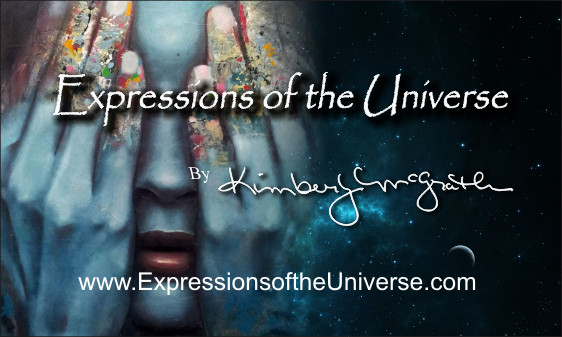The Perseid Meteor Showers- August 10-13, 2015 –
As soon as the calendar turns to August I immediately begin thinking about the Perseid Meteor Showers that are consistently the second week of August. I become like a wide eyed little girl plotting and planning my nights under the stars and scheduling my sleep so that I can function in the following days. Then my heart sinks when I realize that living in the Mid-Atlantic region of the United States typically means that the second week of August brings increased humidity and increased chances of thunderstorms, which equal heavy cloud cover, therefore, eliminating my chances of seeing the Perseid Meteor Showers; however, I remain hopeful that the weather will hold out and surprise me with this spectacular star show!
This year the lunar conditions are fantastic as the Moon is waning and there will be very little Moonlight to wash out seeing the showers. The Lunar phases play a huge part in the quality of meteor shower viewing; the brighter and bigger the Moon, the less chance of clearly seeing a meteor. New Moons are the very best time for a meteor shower as New Moon = No Moon.
Star gazing and meteor shower watching are best viewed between Midnight and Dawn. Yes, I know most of us are sleeping during this time and have to wake up early in the morning, but it is worth it and that is why I reschedule my sleep pattern when meteor showers are occurring. The BEST day and the peak of these showers are between the night of August 12th until the morning of August 13th. Will the weather hold out? Also, this is Northern Hemisphere occurrence, but do not fear- if you live in the Southern Hemisphere I would still try and view them as they are the most prolific shower storm that you just may see some, not to mention, the Delta Aquarids are occurring right now.
So, where do you find these Perseid Meteor showers – it is easy…. Just look straight up into the sky, or to be more specific, look for Cassiopeia and Polaris (The North Star). See the image below – Cassiopeia looks like a “W” or and “M” depending on where you are viewing it. You cannot miss it. If you can find Cassiopeia then focus your eyes on that area and you should see the show.
Here are my best tips for viewing:
- Watch between midnight and dawn.
- Avoid city lights.
- Watch with friend or friends.
- Try observing in the evening hours.
- Notice the speed and colors of the meteors.
- Watch for meteor trains.
- If you’re in the Southern Hemisphere … watch, anyway!
The weather signs for the Mid-Atlantic were hopeful up until last night and now everything is going downhill. Forecast is 80% humidity, chances of storms and heavy cloud cover, but… there are small pockets of clear skies during the 4 nights of viewing and of course, if you do not live on the East Coast, you may just get lucky and have great clear weather! Do not fear, before we know it October will be here and my FAVORITE meteor showers (The Orionids) occur then, which are preceded by the Draconids and succeeded by the Taurids and the fantastic Leonids in November.
I can only truly remember actually seeing the Perseids maybe 3 times in my 50 years of life and I look for them every year (damn August weather), but I always remain hopeful that I will at least catch 1 good shooting star that I can make a wish on!
Happy Stargazing – don’t forget to make a wish!




